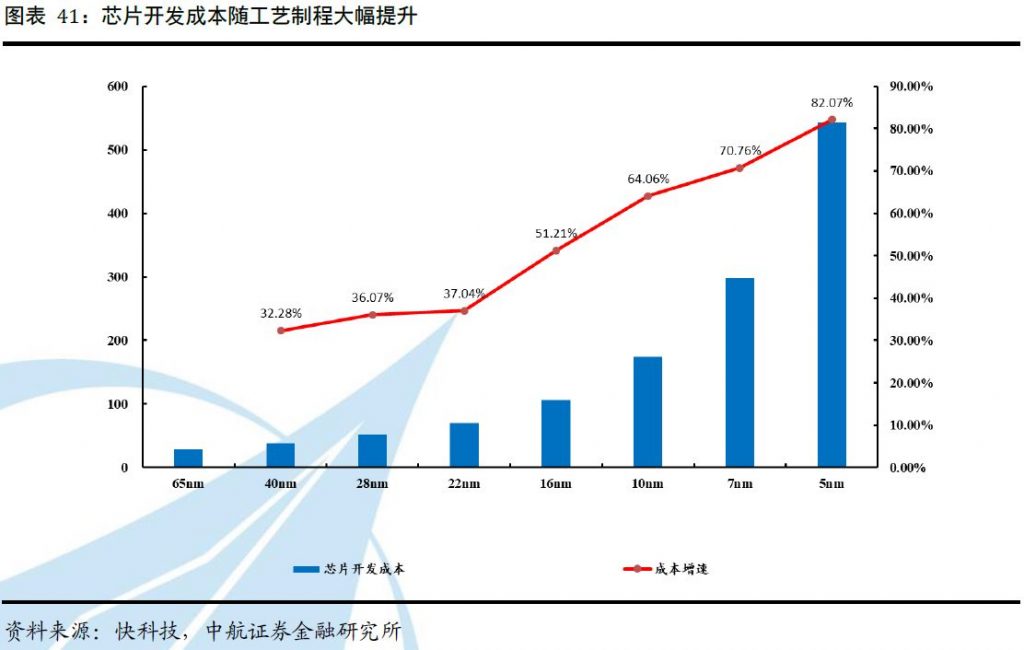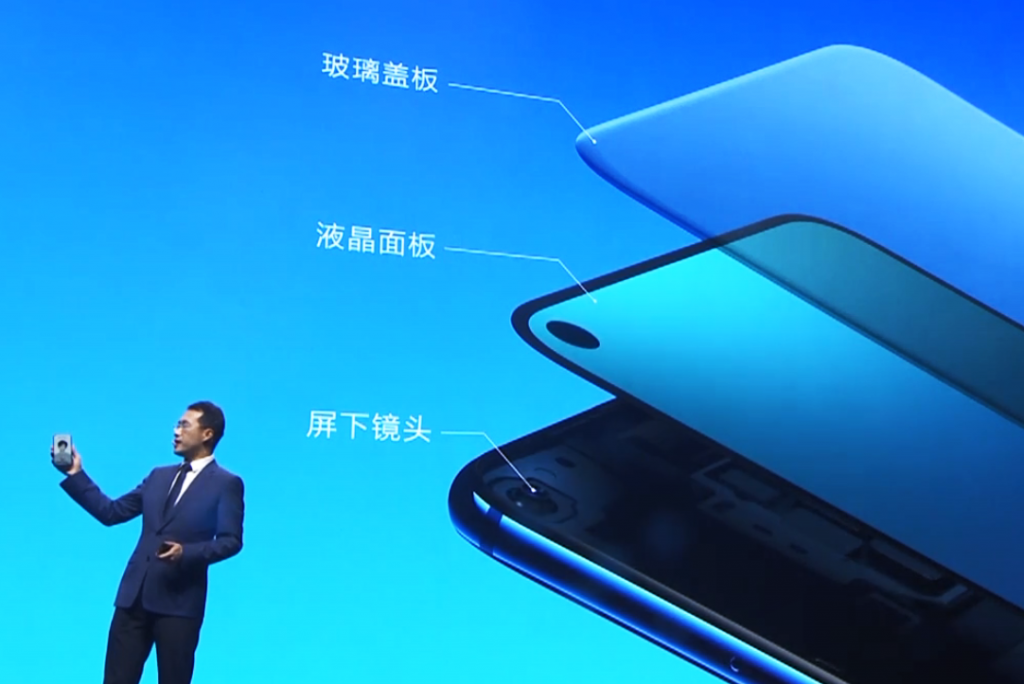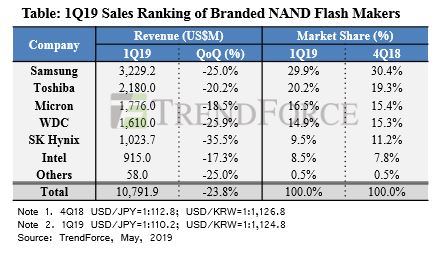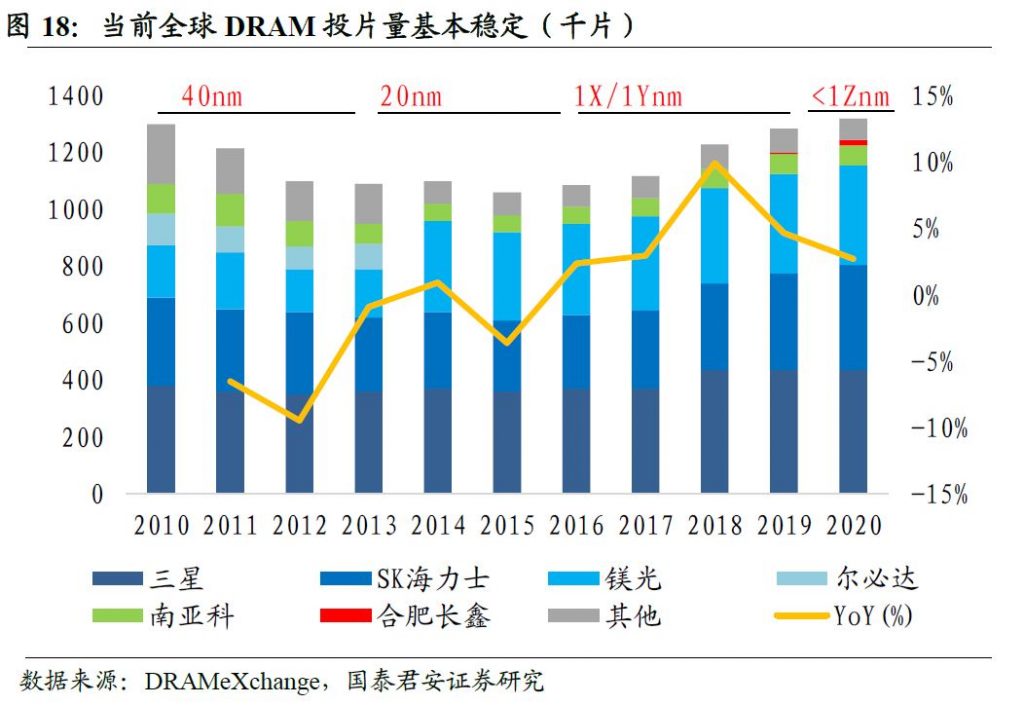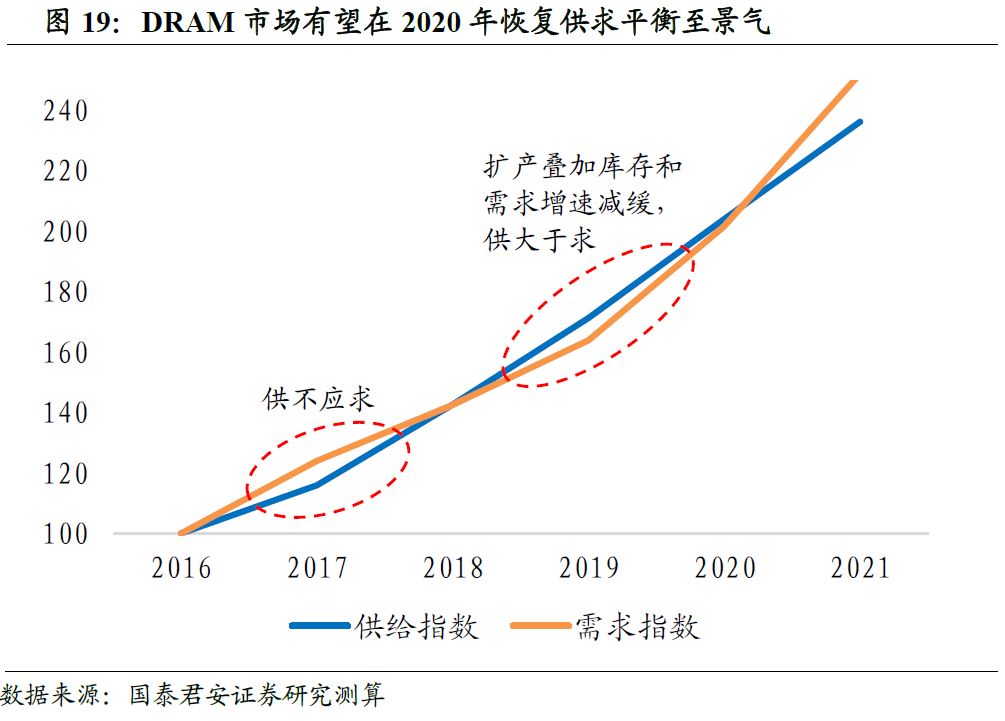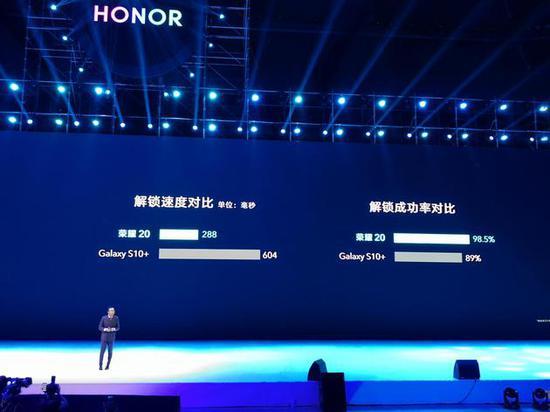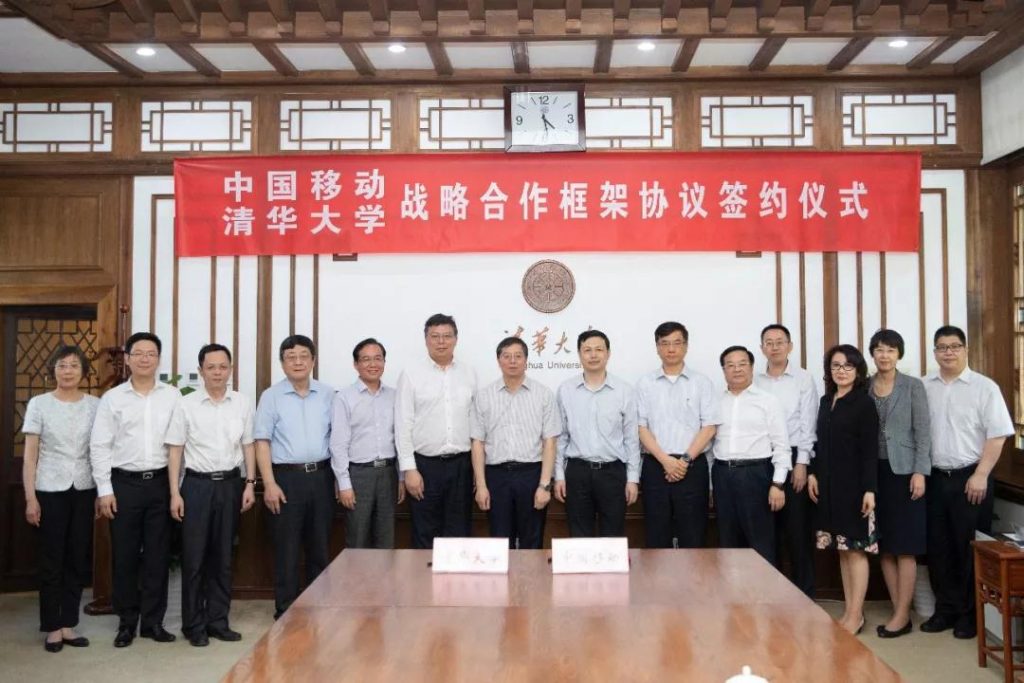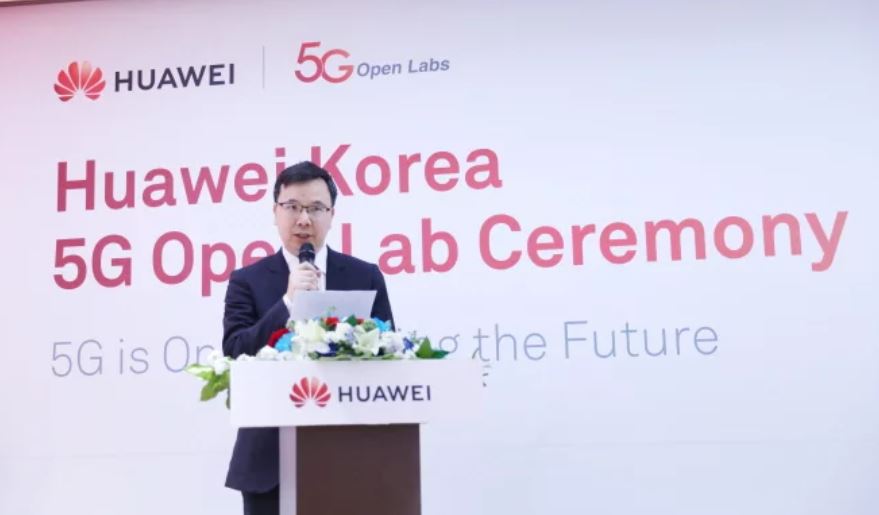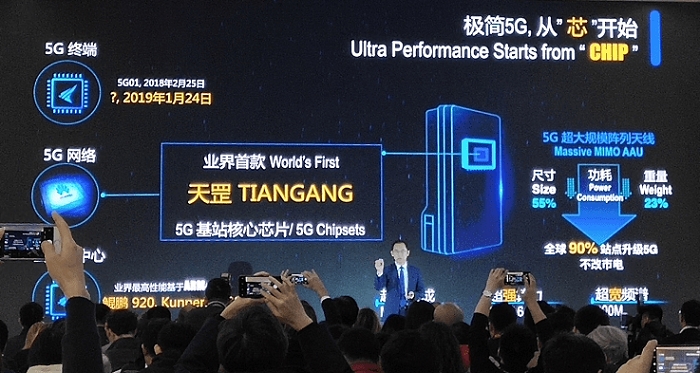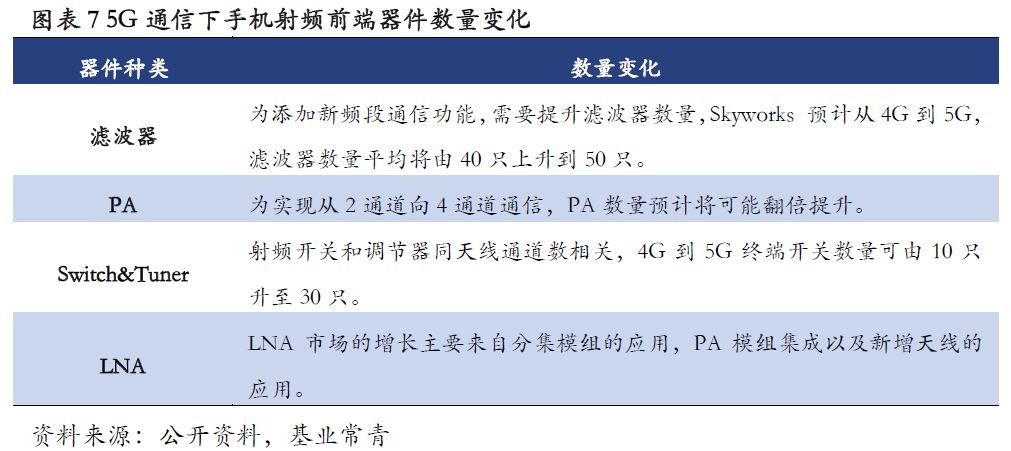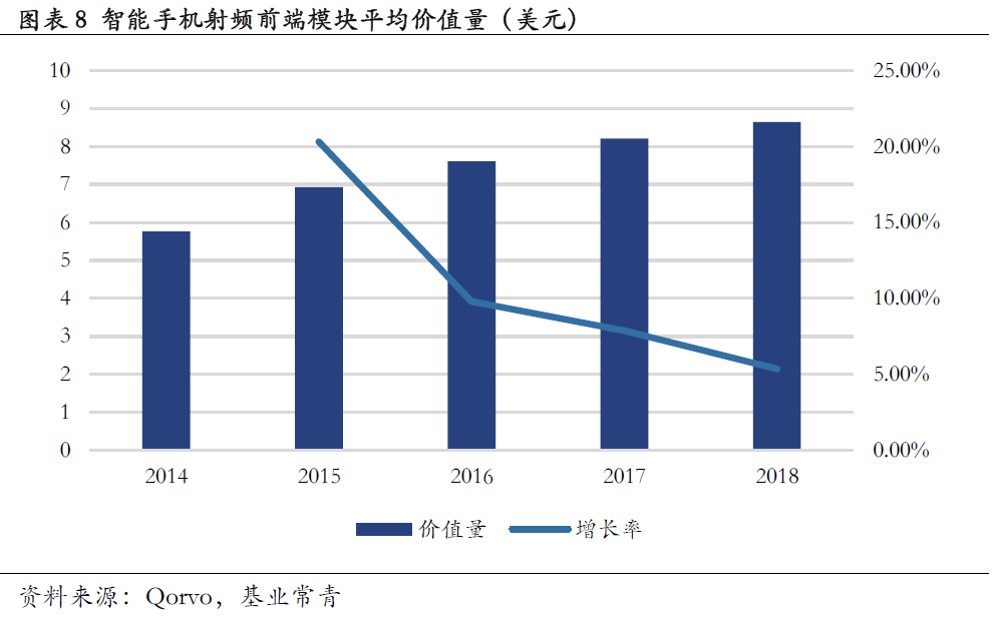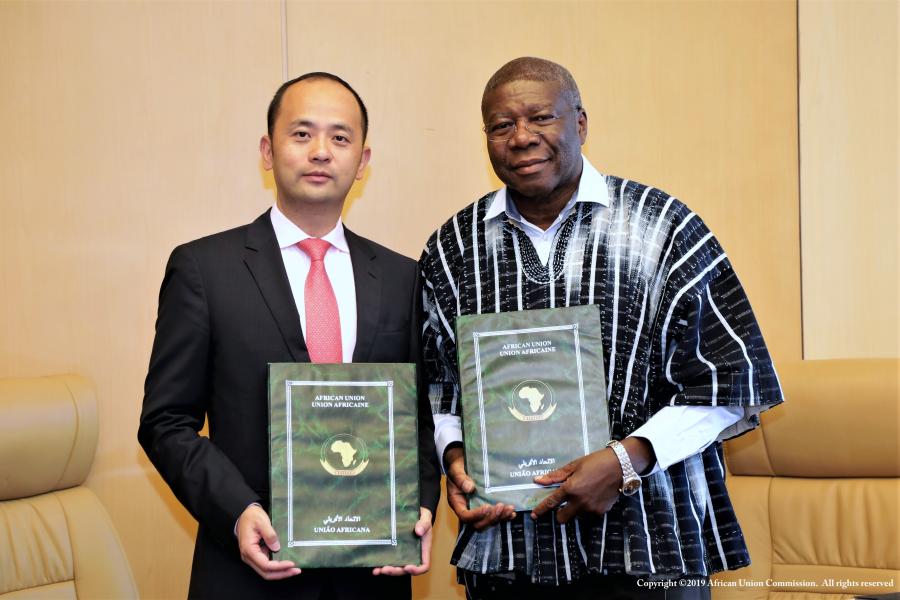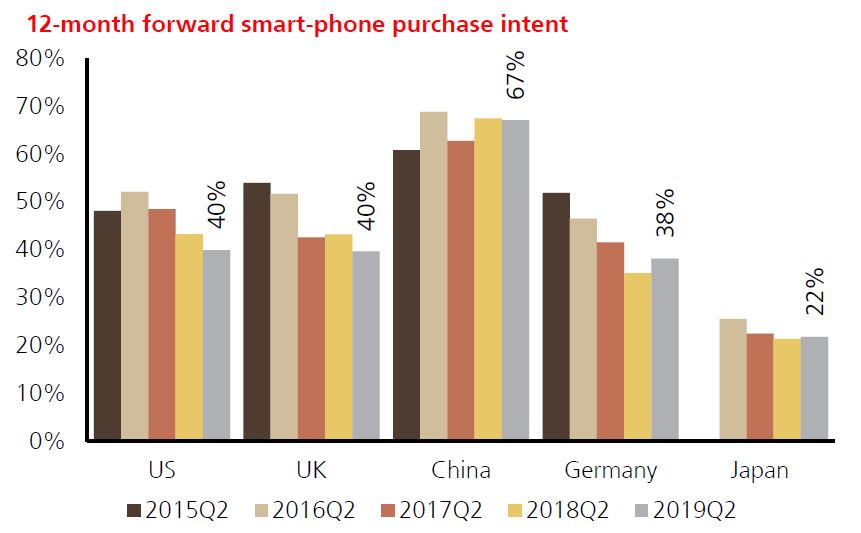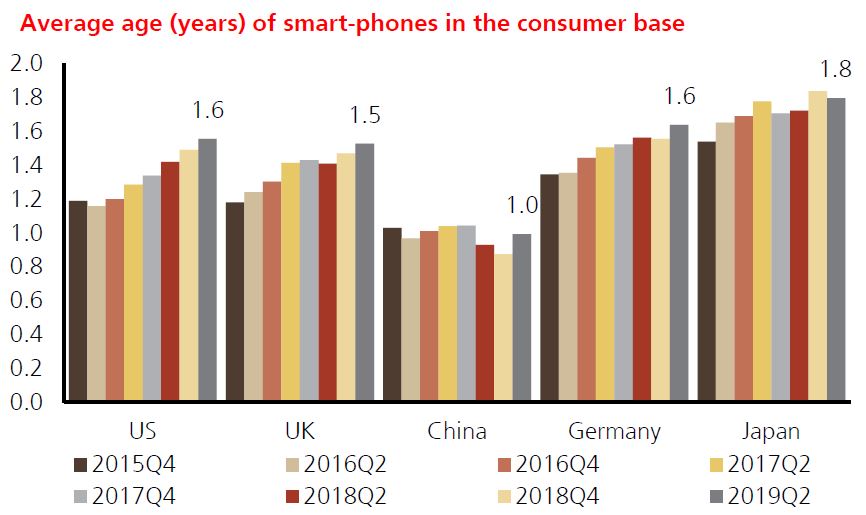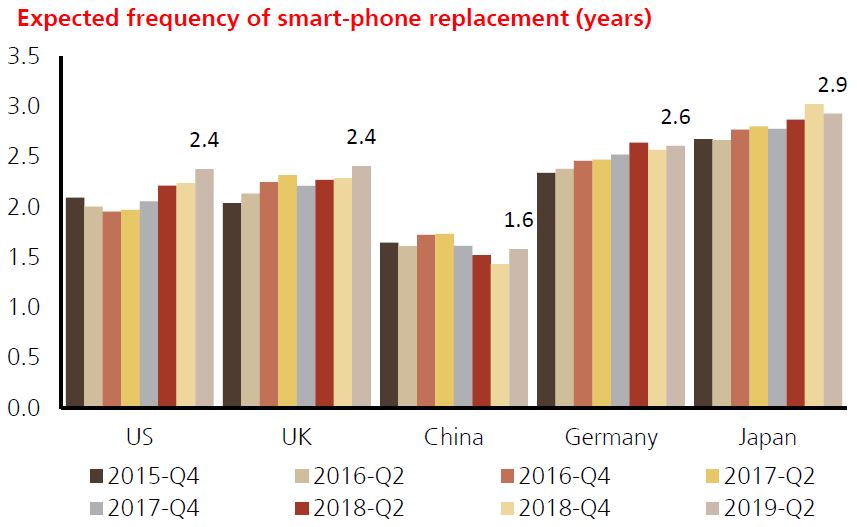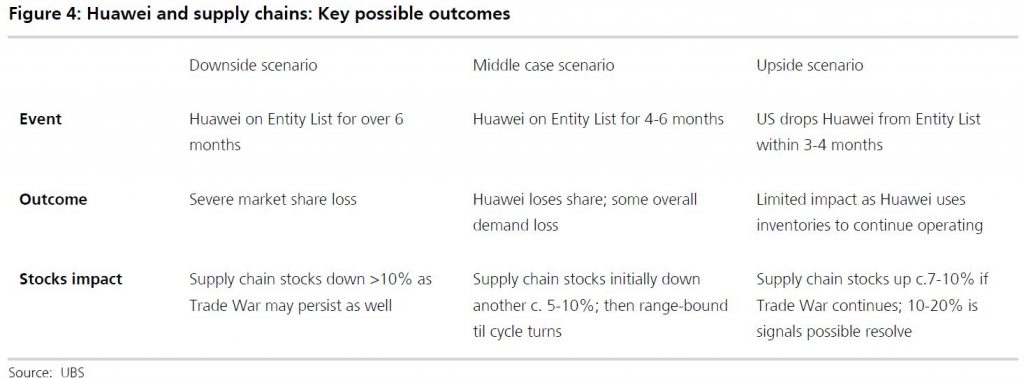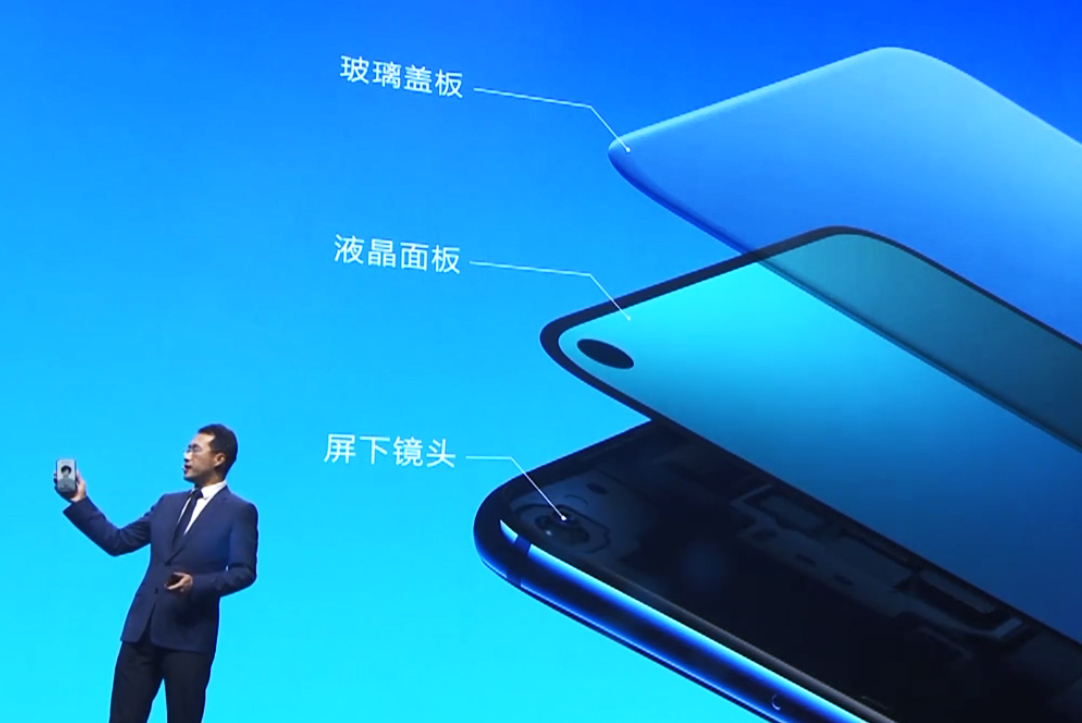
06-02: Honor has indicated that punch-hole display would be the mainstream design for the future full display smartphone; Huawei Technologies has unveiled an open lab for next-generation 5G wireless network in South Korea; etc.
Chipsets
According to AVIC Securities, the development cost of 10nm chips has exceeded USD170M, 7nm close to USD300M, 5nm more than USD500M. To develop a complex chip like the NVIDIA GPU based on 3nm, the design cost will be as high as USD1.5B. For this reason, the foundry will produce 40,000 wafers per month, costing USD15M~20B. Before the 14nm, every 18 months the generation process could be improved, the price of the price is increased by 30%, but after entering the 14nm, this development trend is hard to see. (AVIC Securities report)
Touch Display
Himax Technologies has launched its flexible OLED automotive display driver and timing controller for BOE Technology. Using chip-on-film (COF) packaging, Himax’s flexible OLED display driver technology is featured in BOE’s 12” three-unit curved flexible OLED automotive displays for cockpit areas with only 0.99 mm bezels. (Digitimes, press, CTEE, OfWeek)
Zhao Ming, president of Honor, has indicated that punch-hole display would be the mainstream design for the future full display smartphone. He has claimed that Honor is able to achieve the smallest diameter size of the punch hole at 4.5mm. Honor adopts a blind hole, which not only retains the touch function, but also does not affect the photography. (My Drivers, Sina)
Camera
Xiaomi has filed a patent with an in-display selfie camera. The patent which was applied for back in Nov 2018 shows there is a camera behind the screen as well as a light sensor. (Gizmo China, Twitter, IT Home)
Memory
TrendForce says that besides the effects from the traditional offseason 1Q this year, the weakening demand in 4Q18 has pushed smartphone and server OEMs to begin adjusting their inventories. This in turn lowered sales bit performance across all products, causing overall NAND flash contract prices to see the most dramatic drop since 1Q18. 1Q19 eMMC/UFS, Client SSD and Enterprise SSD contract prices fell by 15~20%, 17~31% and 26~32%, respectively. Although TLC wafer product contract price drops narrowed somewhat, it still fell by up to 19~28% QoQ. (TrendForce, TrendForce, press, My Drivers)
According to Guotai Junan Securities, 2013~2017 period is a platform period of capacity from the perspective of DRAM supply. The overall production capacity is stable, and the proportion of 20nm process is gradually increasing. The price of DRAM is first suppressed in this period, mainly due to the abundant supply brought about by the process of digesting the pre-treatment process. The current weakness of the DRAM market is fundamentally different from that of 2013. There is no leap-forward development of the process, and there is no qualitative change in the relationship between supply and demand. Guotai Junan Securities expects that the inventory in the early period around 2020 and the slight oversupply will be digested and rebalanced. (Guotan Junan Securities report)
Biometrics
Zhao Ming, president of Honor, has revealed that the side-mounted fingerprint unlocking speed of the Honor 20 series is 110% faster than the under-display fingerprint scanner. He has compared with the Samsung S10+, the Honor 20 series unlock speed is 288ms, Samsung is 604ms; unlock success rate, Honor 20 series is 98.5%, Samsung is 89%. (My Drivers, Sina)
Connectivity
China Mobile and Tsinghua University have announced a strategic partnership framework that would see both institutions deploy their respective advantages to promote the alliance of “production and learning”, accelerate the innovation of key basic technologies, and lead the transformation and industrialization of technological innovations, covering key areas for 6G. (GizChina, Gizmo China, OfWeek, My Drivers)
Huawei Technologies has unveiled an open lab for next-generation 5G wireless network in South Korea. Currently, Huawei provides its 5G network equipment for a small South Korean carrier LG Uplus. LG Uplus has said it does not plan to remove Huawei gear, but promised to step up security checks. The two bigger carriers, SK Telecom and KT, do not use Huawei gear. (Gizmo China, Reuters, Bnext, TechNews, Money DJ)
Huawei explains the power consumption per bit of their 5G base station is ten times lower than 4G, and the size is 70% smaller. Their 5G base station is very small indeed, about the same size as a briefcase. It is also light – about 20kg. With their 5G base stations, our customers in Europe can reduce their engineering costs by EUR10,000 per site. (CN Beta, MS Poweruser, Huawei)
In order to obtain a large increase in mobile communication speed, 5G will introduce sub-6GHz and above 6GHz communication, and need to use MIMO technology to evolve from existing 2-channel communication to 4~8-channel communication, which will promote the comprehensive upgrade of mobile terminal RF system. It is expected that the number of devices including filters, PA, Switch & Tuner, and Low Noise Amplifier (LNA) will increase significantly in the RF front-end module. (Ji Ye Chang Qing report)
From 1 single communication system to more than 7 communication systems such as 2G, 3G, 4G, Wi-Fi, BT, NFC, and FM, the value of the RF front-end has been increased. For example, the value of the RF front-end of 2G mobile phones is less than USD1, and the value of the RF front-end value of smartphones that can realize global 4G communication has exceeded USD16, and the 5G era will exceed USD20. According to Qorvo, the average value of smartphone RF front-ends has increased from USD5.8 in 2014 to USD8.60 in 2018. (Ji Ye Chang Qing report)
The African Union (AU) has signed a memorandum of understanding with Huawei to strengthen their cooperation in information and communication technologies. The main objective of the MOU is to strengthen their partnership in the following 5 areas: broadband, Internet of Things (IoT), cloud computing, 5G and artificial intelligence (AI). Deloitte estimates that by 2020, 660M Africans will be equipped with a smartphone and the penetration rate is forecast to reach to 50% level by the end of 2023 according to the GMSA Intelligence. (CN Beta, Quartz, Financial Times, All Africa)
Phone
Foxconn has allegedly stopped Huawei phone production on “several” lines in response to reduced orders. (Engadget, TechCrunch, SCMP, Epoch Times)
According to UBS, next 12-month purchase intent has weakened to 41% from 42% a year ago. This is because despite the average age of handsets in the base increasing consumers are planning to upgrade less frequently in the future. India remains the one region providing some support with improving 12-month forward purchase intent. (UBS report)
UBS sees 3 primary scenarios for Huawei. For the smartphone market overall, UBS’ middle-case and upside scenarios would essentially have no impact on the smartphone market overall and hence it is really the downside scenario that UBS focuses on and what Huawei would need to do from a hardware and software perspective to avoid US supply. UBS would note that in the medium-term estimate that Huawei has 3-4 months buffer between key components and finished goods inventories for the short-term. (UBS report)
Wearables
Global shipments of wearable devices reached 49.6M units during 1Q19, up 55.2% from the previous year according to IDC. While wrist-worn wearables accounted for the majority of the market with 63.2% share, ear-worn devices experienced the fastest growth (135.1% year over year) and accounted for 34.6% of all wearables shipped. (Gizmo China, IDC, press, Apple Insider)
Augmented / Virtual Reality
Altoida has been developing VR and AR tools to offer predictions about the onset of mental illness in older patients. The company, whose tools have been cleared by the Food and Drug Administration (FDA) for predicting Alzheimer’s by measuring brain function, claims that it can determine with a 94% accuracy whether someone will present with the disease 6~10 years before the onset of mild cognitive impairment symptoms. It has raised USD6.3M in Series A venture capital financing. (TechCrunch, Becker’s Hospital Review, FinSMEs, Sohu)
Home
The annual 6.18 mid-year shopping festival commenced in China. Within 10 minutes of sales, about CNY100M (USD15M) worth of Xiaomi TV has been purchased. (GizChina, My Drivers)
